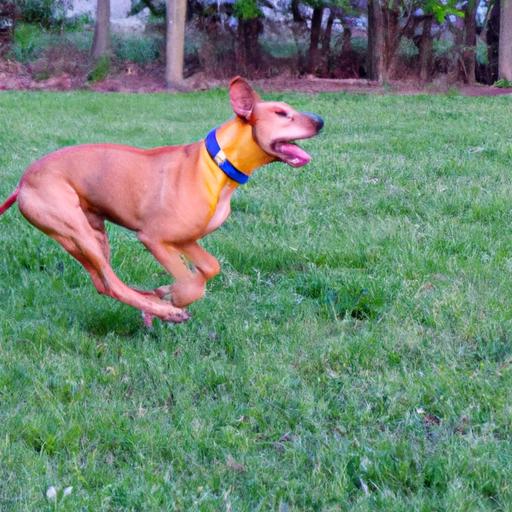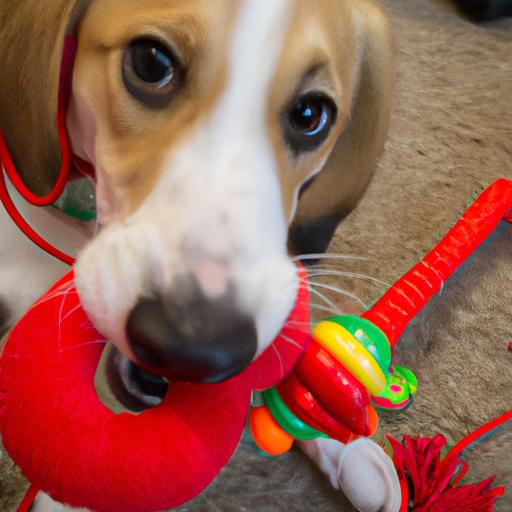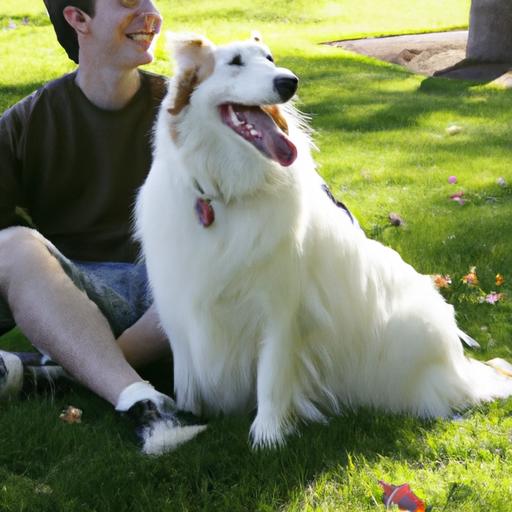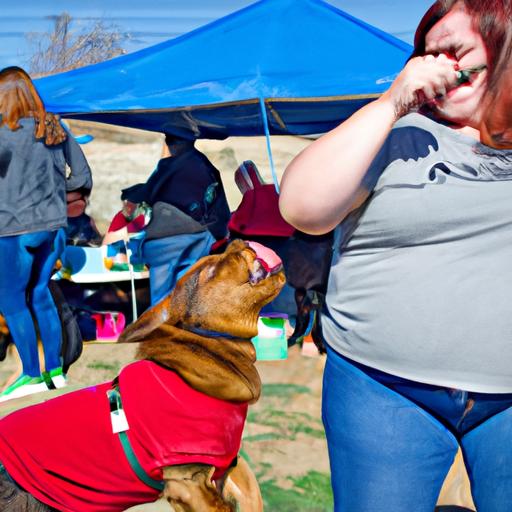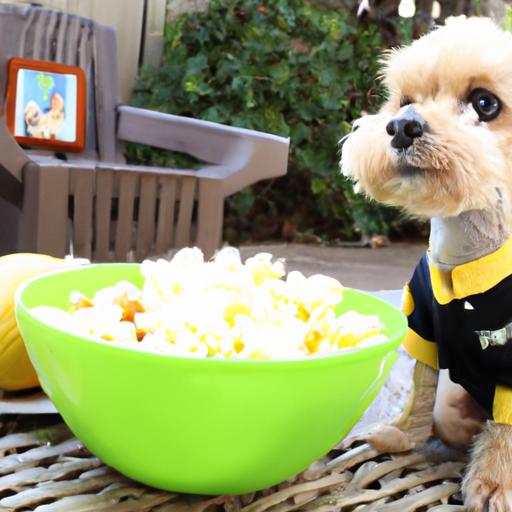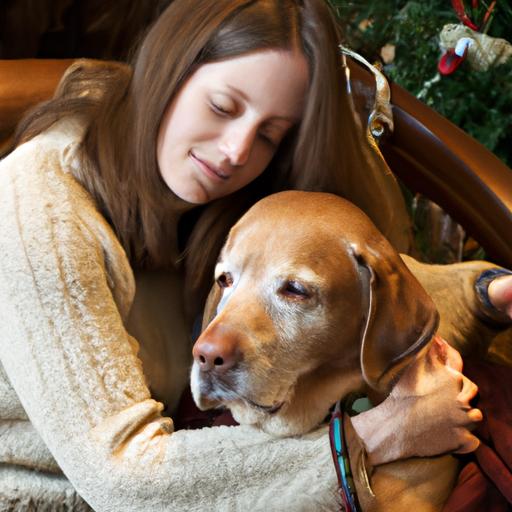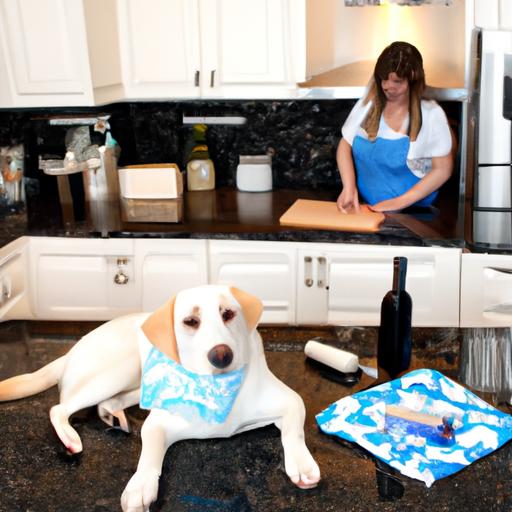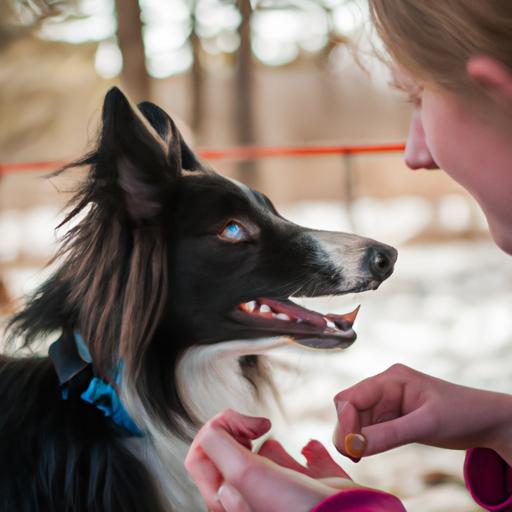
- Home
- Care Tips
- Canine Tricks and Commands for Entertainment: Unleashing the Joy of Bonding with Your Furry Friend
Canine Tricks and Commands for Entertainment: Unleashing the Joy of Bonding with Your Furry Friend
Unleash the joy of bonding with your furry friend through Canine Tricks and Commands for Entertainment. Discover the benefits and FAQs in this guide.
Introduction
Are you looking to add a touch of excitement and entertainment to your furry companion’s life? Look no further! Teaching your dog a repertoire of tricks and commands not only provides endless entertainment but also strengthens the bond between you and your four-legged friend. In this article, we’ll explore the benefits of teaching canine tricks and commands, address some common questions, and inspire you to embark on this delightful journey of training and bonding.
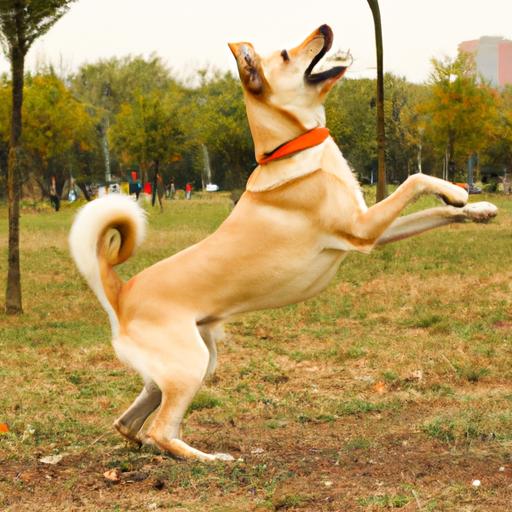
Benefits of Teaching Canine Tricks and Commands
Teaching your dog tricks and commands goes beyond mere amusement; it offers a multitude of benefits that contribute to their overall well-being. Let’s delve into some of the advantages:
1. Enhancing Obedience and Discipline
Training your dog to perform tricks and follow commands helps establish a foundation of obedience and discipline. By teaching them to respond to cues such as “sit,” “stay,” or “lie down,” you are instilling essential life skills that create a well-mannered and well-behaved pet. This not only ensures a harmonious living environment but also enhances safety both indoors and outdoors.
2. Promoting Mental and Physical Exercise
Just like humans, dogs need mental and physical exercise to maintain a healthy lifestyle. Teaching tricks and commands challenges their cognitive abilities and provides mental stimulation. Every time they learn a new skill, their minds are engaged, and boredom is kept at bay. Additionally, the physical movements required for various tricks provide an outlet for their energy, contributing to their overall fitness and well-being.
3. Boosting Confidence and Self-Esteem
Watching your dog master a new trick can be incredibly rewarding, and it’s equally satisfying for your furry friend. As they learn and perfect different commands, their confidence grows, boosting their self-esteem. The sense of accomplishment they experience when they successfully execute a trick not only enhances their emotional well-being but also strengthens the bond they share with you.
4. Strengthening the Bond Between Dog and Owner
Training sessions provide an excellent opportunity for you and your dog to strengthen your bond. Through positive reinforcement and consistent practice, you build trust and establish effective communication with your four-legged companion. The time spent together during training fosters a deep connection, creating a harmonious relationship based on mutual understanding and respect.
FAQ about Canine Tricks and Commands
As you embark on the journey of teaching tricks and commands to your furry friend, it’s natural to have questions. Let’s address some frequently asked questions to help you navigate through the training process:
1. What are some easy tricks to start with?
If you’re just starting, it’s best to begin with simple tricks. Teaching your dog to “sit,” “lie down,” or “shake hands” are great foundational commands that are relatively easy to master. As your dog becomes more proficient, you can gradually introduce more complex tricks like “roll over” or “play dead.”
2. How long does it take to teach a dog a new trick?
The time it takes for a dog to learn a new trick varies depending on several factors, including the dog’s breed, age, and individual temperament. Some fast learners may pick up a trick within a few sessions, while others may require more time and patience. Consistency, positive reinforcement, and regular practice are key to successful training.
3. Are some breeds more receptive to learning tricks than others?
While all dogs are capable of learning tricks, certain breeds may exhibit a predisposition towards certain types of tasks. For example, Border Collies and Poodles are known for their intelligence and trainability, making them quick learners. However, it’s important to remember that every dog is unique, and with the right approach, any breed can excel in mastering tricks and commands.
4. Can older dogs learn new tricks?
Absolutely! Dogs of all ages can learn new tricks. While puppies may have a shorter attention span, older dogs often possess greater focus and maturity, making them excellent candidates for learning new skills. The key is to adapt the training methods to suit their individual needs and abilities.
5. How can I motivate my dog to learn tricks?
Motivation plays a crucial role in training your dog. Positive reinforcement, such as treats, praise, and playtime, serves as a powerful motivator. By associating rewards with successful execution of tricks, you create a positive learning environment that encourages your dog’s enthusiasm and eagerness to participate.
Conclusion
Teaching your furry friend a repertoire of tricks and commands is an exciting journey that brings joy, mental stimulation, and strengthens the bond between you and your dog. Through obedience and discipline, mental and physical exercise, boosted confidence, and a deepened bond, canine tricks and commands create a harmonious and fulfilling relationship between you and your four-legged companion. So, grab some treats, unleash your creativity, and embark on this delightful adventure of training and entertainment. Witness the magic unfold as your dog learns to perform tricks that will leave everyone in awe!
